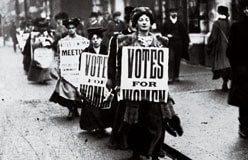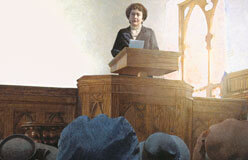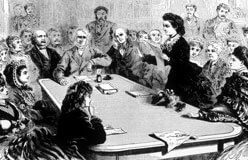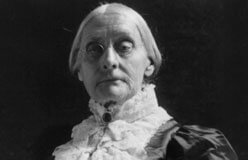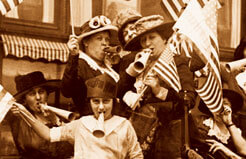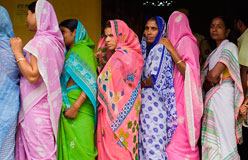Over the years, suffragists became bolder about spreading their message.
They lectured all over the country and published numerous magazines. They built alliances with other groups. They petitioned Congress. But it wasn’t easy to win the vote. After all, they lacked the most powerful weapon of democracy—the right to vote. However, as Susan B. Anthony said on her 86th birthday, referring to other suffragists, “...with such women consecrating [dedicating] their lives, failure is impossible!”
